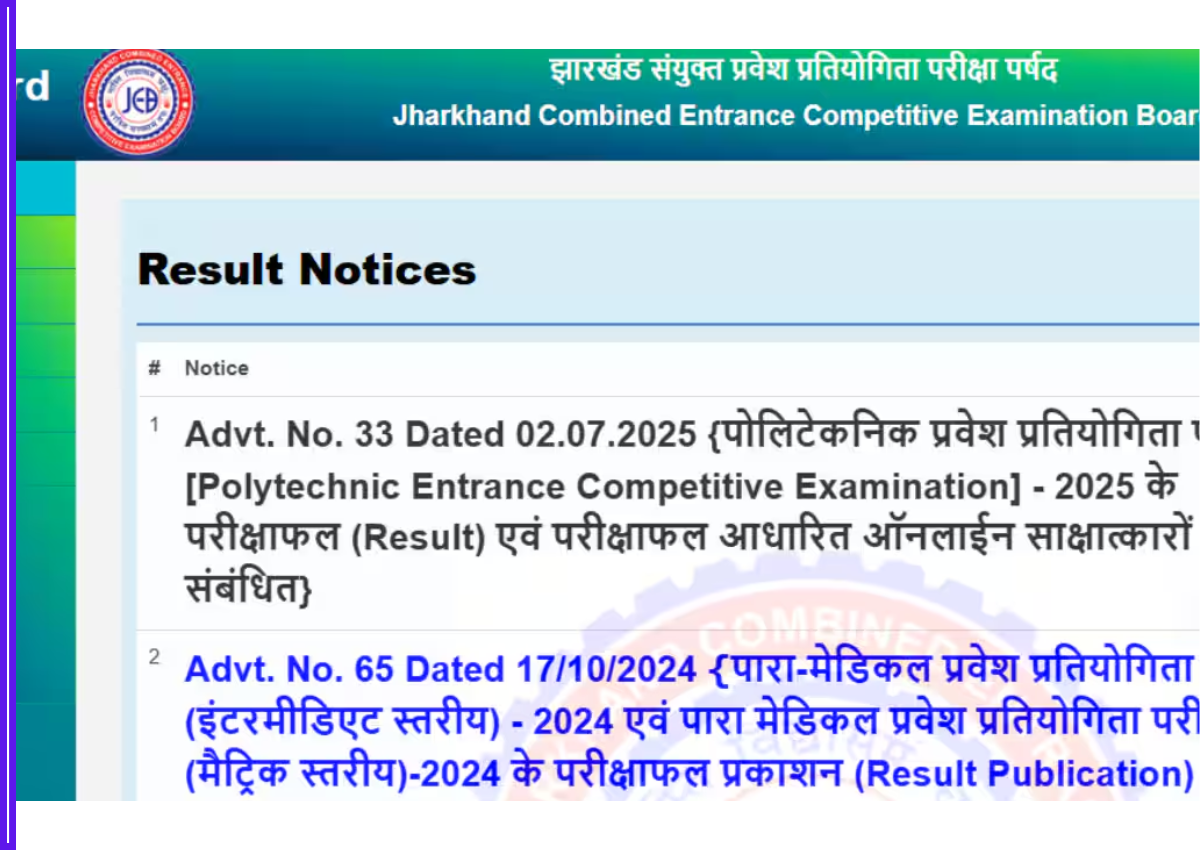A horrifying dog attack in suburban Delhi has stirred heated debate over pet ownership laws after a 7-year-old girl was savaged by a neighbor’s American Bully canine, suffering over 15 injuries.
The unnamed victim was playing with friends around 5 p.m. in her Rohini housing society on January 9th when the Bully suddenly set upon her unprovoked.
“I thank God my daughter fought back and started screaming, so we reached her on time,” said the girl’s father, Shrikant Bhagat, who runs a Mukherjee Nagar coaching center. “Otherwise, I shudder to think what could have happened.”
Bhagat said his traumatised daughter has been unable to sleep for days after the brutal mauling, which left her with multiple bite wounds on her hands, back, legs and face. The family plans a therapeutic vacation to help her recover.
But while the physical injuries may one day heal, anger still simmers in the community over what residents call dangerously irresponsible pet owners. The canine culprit was unrestrained despite the Bully breed’s reputation for aggression if not properly supervised.

“We are not against having pets or feeding strays. But owners must understand such animals can pose a mortal danger to children,” said one protester who marched last week demanding action. Chanting slogans like “Leash your beasts!” and “Protect our kids!”, they called out for stricter regulations than Delhi’s lax animal control laws.
Police have charged the dog’s owner under negligence statutes, but the girl’s father pursues harsher punishment.
“As the owner is stubborn and refused to leash his pet despite repeated complaints, we’ve decided to register an FIR,” Bhagat said. “It nearly killed my little girl. That beast should be put down before it harms anyone else.”
Vicious Versus Vulnerable: Delhi’s Stray Dogs Stir Controversy
Animal rights advocates, however, urge addressing the root causes rather than blaming two- and four-legged victims.
An Activist of the NGO to Protect Animals in India points to the nearly 90,000 stray dogs roaming Delhi streets alongside some 600,000 pet canines. It’s a recipe for the inevitable clashes as packs compete for resources, he said.
“This terrible incident shows why we need proactive spay-neuter campaigns along with pet registration and licensing requirements,” activist explained. “Preventing irresponsible breeding is the only humane way to control populations.”
But absent better policies, people often take matters into their own hands through poisoning, illegal capture and relocation or other cruel methods. Just last month, two men were arrested for brutally beating five puppies to death in East Delhi’s Preet Vihar region.
In August 2021, a veterinary student Activist even filed a public interest lawsuit with India’s Supreme Court pleading for nationwide stray management reforms.
Otherwise, he warned, India faces a continued crisis with diseased and dangerous strays. Multiple fatal maulings of children have sparked outrage in recent years.
But Anjali Sharma of People for Animals cautions against hysterical reactions. She argues strays serve vital “sentinal” roles in communities by keeping rodents and insect carriers of diseases like dengue fever under control.
He proposes High Volume Spay and Neuter (HVSN) initiatives, which are now underway in Jaipur, Chennai, and other places, as a means of rehabilitating existing street canines. The use of rabies vaccination in conjunction with catch, sterilize, and release methods has effectively stabilized populations and enhanced public health.
Some localities even keep helper dogs at waste dumps as organic alternatives to poison for pest control. Professional animal handlers provide regular feeding and medical care for supervised semi-feral packs that territoriality prevents unneutered strays from infiltrating.





